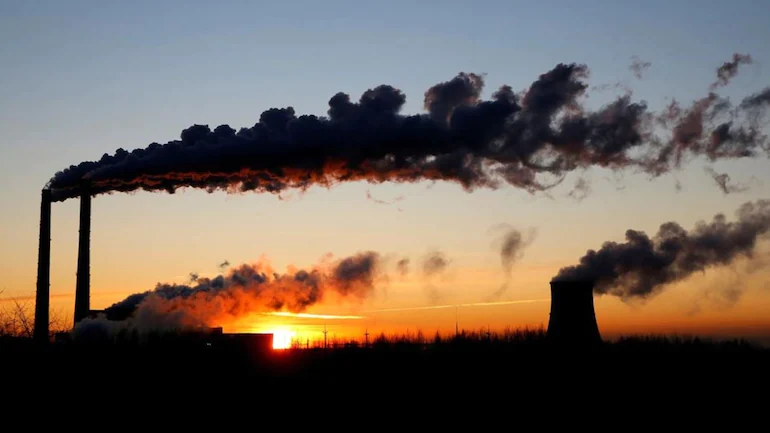According to a recent study, Pennsylvania ranks first in the nation in terms of premature deaths due by polluted air per capita.
The study, which was published on February 12 by researchers just at Georgia Institute of Technology, revealed that air pollution was responsible for more than 4,800 premature deaths in Pennsylvania in 2018. California has the highest number of deaths in the country, with 13,110, following by New York, with 6,332. Pennsylvania ranked third in terms of the number of premature deaths due to air pollution, and it had the highest percentage of premature deaths each capita in the country.
After receiving a F rating of the American Air Association previous summer, these findings are in line with the region surrounding Pittsburgh. Considering that a substantial chunk of Pennsylvania’s economy is based on energy generation, including the production of natural gas, coal, as well as oil, industrial facilities such as the Clarion Coke Works as well as coal-fired power stations have been making a contribution to poor air quality — with fatal consequences in some cases.
The MIT study demonstrated how pollution may travel long distances from its source, creating health problems hundreds of kilometers away from its source. Pennsylvania has a high number of deaths among its own citizens, but it also has a high number of premature deaths outside the state’s borders caused by pollutants which originated in Pennsylvania. As a result, Pennsylvania is one of the most important contributions to unhealthy air there in entire Northeast, with even more than 3000 premature deaths outside the state’s borders caused by toxins that originated in Pennsylvania. Visit here to learn Sanitary Landfill

According to the report, Pennsylvania’s air pollution is responsible to 306 deaths in Maryland, 715 deaths in New Jersey, and 657 deaths in New York due to respiratory illnesses. An estimate 2,724 of Pennsylvania’s and over 4,800 deaths were attributed to air pollution caused by the state’s industrial activity.
According to the study’s abstract, emissions by electricity generation have the biggest cross-state impact, whereas emissions from business and residential buildings have the smallest influence. But there have been decreases in electric power generation since 2005, “cross-state premature mortality related with the corporate world were twice that linked with power generation,” according to the study.
According to data from the United States Energy Information Administration from October 2019, natural gas and nuclear power are the primary sources of electricity generation in Pennsylvania. Natural-gas power plants generate 48.2 percent of the state’s electricity, with nuclear power accounting for 33.8 percent of total electricity generation. The majority of electricity comes from coal-fired power plants, with only 1.4 percent coming from hydroelectric power plants and only 2.8 percent coming from renewable sources such as wind, solar, or biomass.
According to the EPA, in 2005, nitrogen oxide and sulphur dioxide emissions were the most common causes of cross-state premature deaths. By 2018, main PM2.5 emission levels — atmospheric particulates (PM) with a diameter less than 2.5 micrometres, such as dust, soot, or ash — were “associated with three times the number of cross-state premature deaths associated with sulphur dioxide emissions,” according to the EPA.












